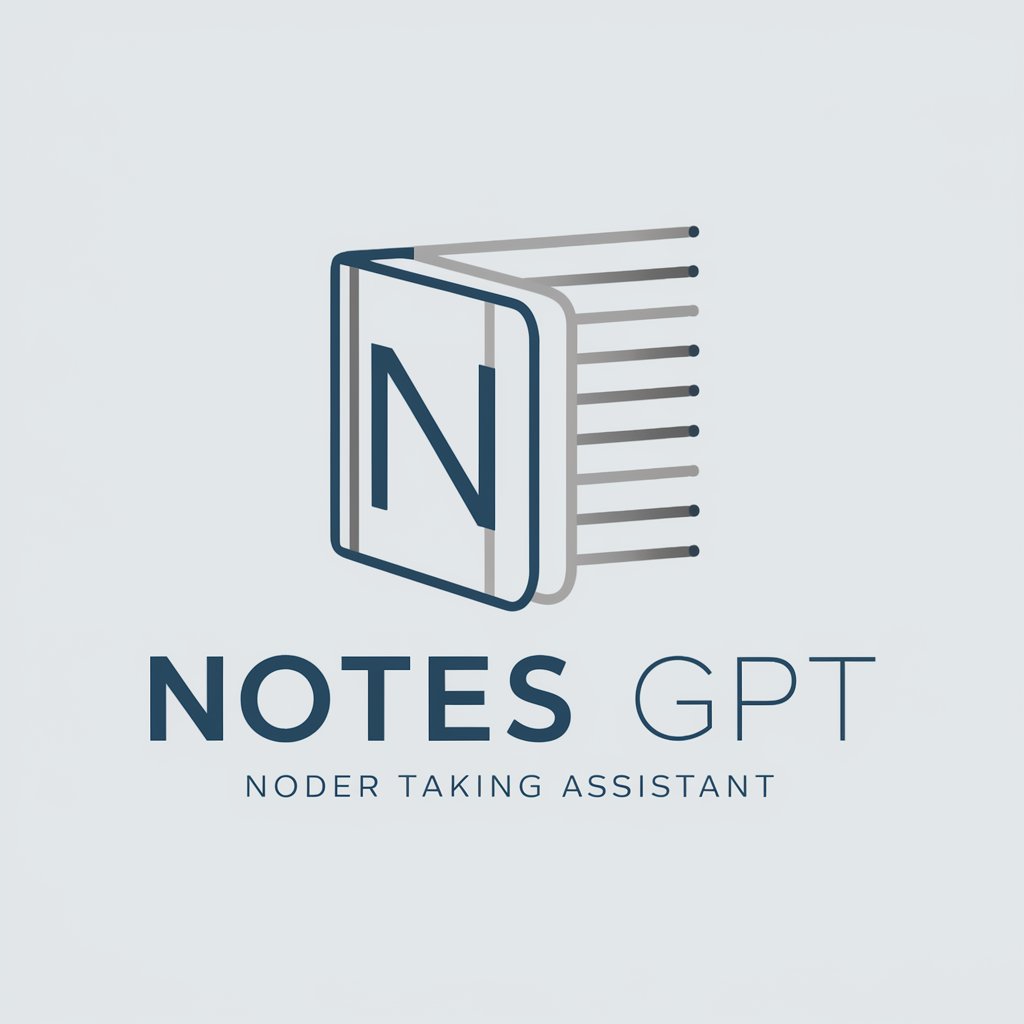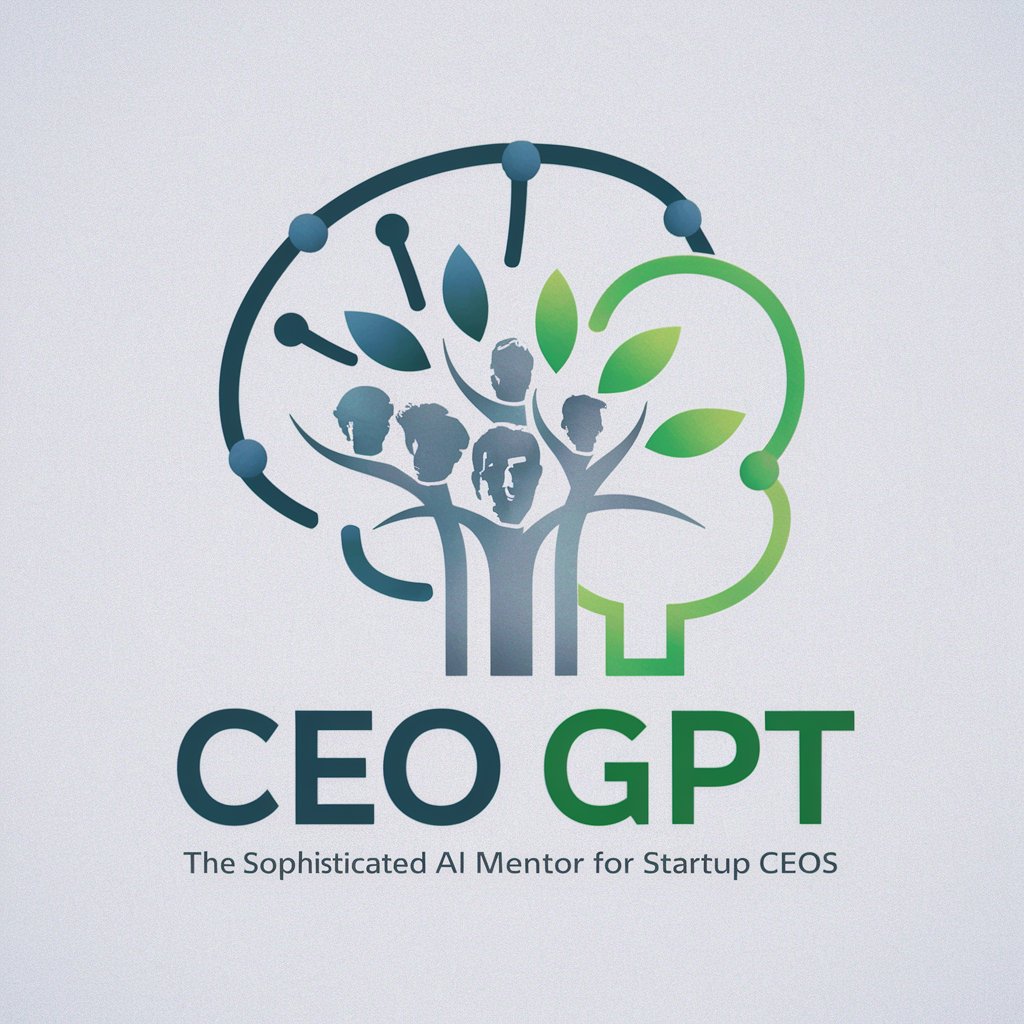
PocketBase GPT-PocketBase development assistant
AI-powered assistant for PocketBase developers

This GPT has the entire PocketBase documentation uploaded for the specific purpose to answer PocketBase development questions
Get Embed Code
Introduction to PocketBase GPT
PocketBase GPT is an AI model tailored for developers and teams working with PocketBase, an open-source backend-as-a-service platform. The main purpose of PocketBase GPT is to assist with development by providing insights, suggestions, troubleshooting advice, and solutions specifically related to PocketBase functionality, such as database management, authentication, file handling, and real-time operations. Unlike general AI models, PocketBase GPT is finely tuned to respond to queries about PocketBase, ensuring that the advice given is directly applicable to real-world scenarios where PocketBase is in use. For example, if you're trying to set up user authentication using PocketBase’s built-in system, PocketBase GPT would provide detailed step-by-step guidance, including API calls, data models, and security considerations, ensuring smooth implementation. Another instance could be when a developer is attempting to design a multi-tenant system, and PocketBase GPT can guide them on how to structure collections and relationships between them effectively.
Database Schema Design
Example
When you're structuring collections in PocketBase, PocketBase GPT helps design optimized database schemas based on project needs. If you're building a multi-user app with different user roles, PocketBase GPT can suggest the most appropriate schema designs, ensuring scalability and maintainability.
Scenario
Imagine you're building a task management app. PocketBase GPT could guide you in designing collections for 'tasks', 'users', 'projects', and 'comments', offering advice on how to establish relationships between them, what fields to include for efficient queries, and how to manage indexing for performance.
API Integration and Use
Example
PocketBase GPT assists developers in making API calls, handling authentication tokens, and integrating external services with PocketBase’s API. If you're trying to create a new data entry via the API or update user information securely, PocketBase GPT provides precise API requests, headers, and responses.
Scenario
Suppose you need to implement a feature where users can update their profile details. PocketBase GPT can walk you through the process of creating a PUT request to update a 'users' collection entry, while also advising on how to properly handle authentication and error checking for a seamless user experience.
Real-time Updates and WebSockets
Example
For apps requiring real-time data updates (like chat apps or collaborative tools), PocketBase GPT offers guidance on integrating real-time features using WebSockets. It provides examples on how to listen to events like 'create', 'update', and 'delete' and how to react to those events in your app.
Scenario
You're building a collaborative project board where users can add and edit tasks in real-time. PocketBase GPT can guide you on how to use PocketBase's real-time subscriptions, advising on setting up WebSocket listeners for task updates, ensuring that all connected clients are immediately notified about changes without manual refreshes.
Ideal Users of PocketBase GPT Services
PocketBase Developers
Developers using PocketBase for backend development are the primary audience. They benefit from PocketBase GPT by receiving expert advice and precise guidance on implementing features like authentication, file management, data relationships, and API integration. For instance, a developer working on a startup might use PocketBase GPT to streamline the database design process, quickly troubleshoot issues, or get assistance on how to scale the backend infrastructure as the user base grows.
Backend Architects and Engineers
Backend architects responsible for setting up and optimizing backend infrastructure will find PocketBase GPT valuable. This user group requires deep technical knowledge and needs to design highly optimized, maintainable, and secure backend systems. PocketBase GPT can provide insights into best practices for structuring collections, managing data efficiently, and implementing real-time features in apps. An architect may consult PocketBase GPT to design a system for a large-scale enterprise app, ensuring scalability and security are built from the ground up.
Startups and Independent Developers
Small teams, indie developers, and startups that use PocketBase as their backend solution benefit significantly from PocketBase GPT. These users typically have limited resources, so efficient backend development is crucial. PocketBase GPT helps them get started faster, troubleshoot issues without the need for a dedicated support team, and implement features that might otherwise require extensive time or expertise. For example, an indie developer could use PocketBase GPT to quickly set up user authentication, avoiding the complexity of implementing a custom solution from scratch.
How to Use PocketBase GPT
1. Visit the website
Go to aichatonline.org for a free trial—no login or ChatGPT Plus subscription required.
2. Understand its purpose
PocketBase GPT is tailored to answer development questions about PocketBase using its official documentation. Ideal for devs integrating PocketBase with Go, JS, or REST APIs.
3. Ask specific technical questions
You can ask anything from API usage and authentication to database operations or custom server logic. Be precise for better answers.
4. Get responses with citations
It pulls direct answers from PocketBase docs, offering referenced and practical code examples where applicable.
5. Optimize your session
Have your context (collection names, use-case descriptions, desired platform) ready for faster and more relevant answers.PocketBase GPT Usage Guide Save your queries or use in sequence to design workflows or debug issues.
Try other advanced and practical GPTs
CashCow 30 Images-GPT
AI-powered watercolor gnome image creator
Frontend Developer
AI-powered frontend coding made simple.

ISO Standards Regulatory Assistant
AI-powered ISO Standards Compliance Expert

MaterialMaestro
AI-powered guide for materials science mastery

Math Solver GPT
AI-powered math problem solver from images

Gardening Guru
AI-powered guidance for thriving gardens.

CARROSSEL DICAS
AI-powered carousels that captivate and convert.

Bmonk CopyWriter
AI-powered content creation for marketers.
⭐️ Art Prompt Generator ⭐️
AI-crafted prompts for bold visual storytelling

Harvard English Professor
AI-Powered Guidance for IB English Mastery

论文AIGC值降低神器
AI-powered tool to humanize academic content and reduce AIGC score

Choose Your Own Adventure
AI-powered stories where every choice counts.

- Web Development
- Database Modeling
- API Testing
- Backend Logic
- DevOps Setup
Common PocketBase GPT Questions
What kind of developer tasks can PocketBase GPT assist with?
It helps with tasks like defining and using API endpoints, writing custom Go console commands, managing record CRUD operations, configuring authentication methods, and deploying PocketBase apps efficiently.
Can PocketBase GPT generate and explain Go and JavaScript code?
Yes. It not only generates accurate Go/JS code snippets for use with PocketBase but also explains their functions, context, and integration steps based on official documentation.
How accurate is the information provided?
It uses the official PocketBase documentation as its primary knowledge source, ensuring accurate, cited responses. Each answer is traceable to relevant doc sections.
Does it support examples for advanced use cases?
Yes. For example, it can explain how to register custom Go routes, use cron jobs, send transactional emails, handle file uploads, or execute admin-level record operations.
Is PocketBase GPT suitable for both backend and frontend developers?
Absolutely. Whether you're working with backend logic in Go or integrating with the frontend via PocketBase SDKs, it offers insights for both domains.






